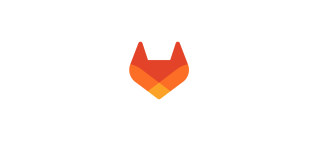Browse articles from Engineering
Recent posts

Building GitLab with GitLab: How GitLab.com inspired Dedicated
Learn how the multi-tenancy SaaS solution, GitLab.com, influenced the design of the single-tenancy SaaS, GitLab Dedicated.

Contributor how-to: Remote Development workspaces and GitLab Developer Kit
This tutorial helps you get GDK working inside Remote Development workspaces to begin contributing to GitLab.

Set up your infrastructure for on-demand, cloud-based development environments in GitLab
Learn how to set up the requirements, manage Kubernetes clusters in different clouds, create the first workspaces and custom images, and get tips and troubleshooting.

Introducing CI/CD components and how to use them in GitLab
Learn the main benefits for using CI/CD components in your CI/CD pipelines and how to achieve them.

How to automate the creation of GitLab Runners
Follow this step-by-step guide for automating runner setup using new runner creation workflows.

Set up Flux for GitOps to deploy workloads on OpenShift
Learn how to set up a sample project, complete a bootstrap Flux installation, and authenticate your installation with a project deploy token.

How to create efficient DevSecOps workflows with rules for conditional CI/CD pipelines
CI/CD pipelines can be simple or complex, what makes them efficient are CI rules that define when and how they run.
Find out which plan works best for your team
Learn about pricingLearn about what GitLab can do for your team
Talk to an expert

